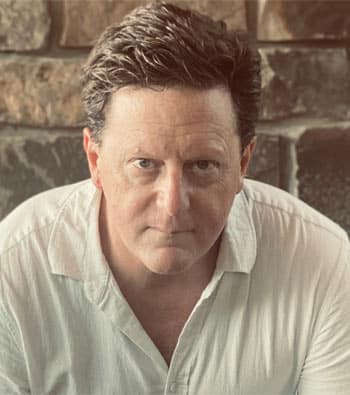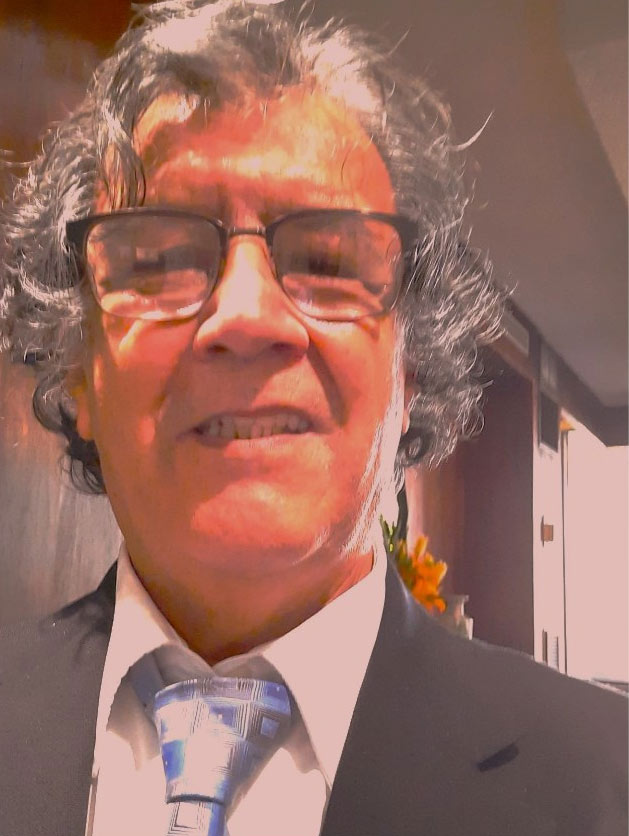William Ronald Reid Jr.
William Ronald Reid Jr. was a renowned Canadian artist, celebrated for his profound contributions as a painter and sculptor, deeply rooted in the indigenous Haida culture. He is known for producing more than 1,000 original works in his 50-year career.
Early life
William Ronald Reid Jr. was born in Victoria, British Columbia. His father, William Ronald Reid Sr., had Scottish-German origins, while his mother, Sophie Gladstone Reid, hailed from the Haida, an indigenous First Nation from the Pacific coast. Reid grew up largely disconnected from his Haida heritage due to the Indian Act’s restrictive policies.
In his early twenties, Reid journeyed to Skidegate, his ancestral home, which he hadn’t visited since his infancy. Seeking to reconnect with his heritage and family, Reid reflected on the importance of reclaiming his identity, which he felt was missing in modern Western society. In Skidegate, he connected with his grandfather, Charles Gladstone, a Haida silversmith. It was Gladstone who introduced Reid to Haida art. Reid then inherited tools from his great-great-uncle, Charles Edenshaw, a distinguished chief and artist who passed away the year Reid was born.
In 1944, Reid tied the knot with Mabel van Boyen. By 1948, they relocated to Toronto. While pursuing a career in radio announcing at CBC Radio and studying jewelry design at the Ryerson Institute of Technology, Reid’s passion for Haida art grew. During his free moments, he often visited the Royal Ontario Museum, where a Haida pole from his grandmother’s village, T’aanuu, captured his admiration. After finishing his studies, inspired by his family’s traditions, he crafted his initial Haida-influenced jewelry piece.
By 1951, Reid was back in Vancouver, setting up a studio on Granville Island. He delved deeper into understanding the art of his great-great-uncle, Edenshaw, striving to decode its lost symbolism and traditions. Reid also played a role in restoring artifacts, especially deteriorating totem poles from deserted village sites. His contributions extended to aiding in recreating a Haida village at the University of British Columbia Museum of Anthropology (MOA). In 1986, the MOA highlighted Reid’s creations in an exhibition titled “Beyond the Essential Form,” which was later transformed into a published catalog.
Reid’s artistic journey began with crafting jewelry using traditional designs and modern materials like gold, silver, and argillite. He later ventured into creating larger artworks using bronze, red cedar, and Nootka Cypress, typically showcasing figures and stories from Haida myths. Reid aimed to translate his ancestors’ visual art into a modern context.
Career
Reid’s career can be viewed as a blend of traditional Haida art and contemporary themes. In the early stages of his professional journey, Reid trained as a radio announcer. However, his heart always lay in artistic pursuits. Upon discovering a dwindling interest and awareness of traditional Haida art, he felt a strong pull to revive and introduce this ancient art form to a broader audience.
His dedication led him to the Royal Ontario Museum in the 1950s, where he apprenticed under the watchful eye of the Haida artist, Charles Edenshaw. This experience played a pivotal role in refining his artistic techniques and deepening his appreciation for Haida artistry.
The 1960s and 1970s were pivotal decades in Reid’s career. It was during these years that he sculpted some of his most iconic pieces, such as the “The Raven and the First Men” and “Lootaas”, a canoe carved from a single cedar log. His ability to capture the essence of Haida legends in his works, intertwining them with a modern touch, made his creations stand out.
His paintings also narrated stories of the Haida people, their beliefs, and their connection to the cosmos. Reid’s palette consisted of earthy tones, with the occasional infusion of vibrant colors, encapsulating the spirit and essence of Haida folklore.
Major Works
Three of Reid’s prominent sculptures are crafted in bronze. Two portray a canoe housing a mix of human and animal figures: The Spirit of Haida Gwaii at the Canadian Embassy in Washington, D.C., and The Jade Canoe at Vancouver International Airport. The third, Chief of the Undersea World, illustrates an emerging orca and is positioned at the Vancouver Aquarium. Plaster renditions of these sculptures reside in the Canadian Museum of History, Gatineau.
Reid’s 1965 painting titled Smallpox is showcased at the Canadian Museum of History. Another noteworthy piece is Raven and the First Men, inspired by a Haida legend, unveiled at the University of British Columbia Museum of Anthropology in 1986.
In 1975, a publication titled Form and Freedom: A Dialogue on Northwest Coast Indian Art was released, capturing a conversation between Reid and art historian Bill Holm, corresponding with a Northwest Coast Indian art exhibition.
Legacy and Honours
Throughout his life, Reid accumulated numerous accolades. He received honorary degrees from several universities, including the University of British Columbia and the University of Toronto. In 1994, Reid was honored with the National Aboriginal Achievement Award and the Indspire Awards for Lifetime Achievement. He was also appointed a member of the Royal Canadian Academy of Arts, the Order of British Columbia, and an Officer of France’s Order of Arts and Letters.
Canada Post, on 30 April 1996, issued a stamp named ‘The Spirit of Haida Gwaii, 1986-1991, Bill Reid,’ which belongs to the Masterpieces of Canadian art series. Two of his works, The Raven and the First Men and Spirit of Haida Gwaii, have been featured on Canada’s $20 note alongside a quote from author Gabrielle Roy.
In 2022, Alanis Obomsawin produced a documentary titled Bill Reid Remembers, highlighting Reid’s life and contributions.
Later Years
Reid was an active participant in the Haida-led blockades which aimed to protect the rainforests of Gwaii Haanas. He temporarily halted work on his Washington sculpture to voice his concerns over the deforestation in Haida Gwaii. During Reid’s lifetime, this group of islands was known as the Queen Charlotte Islands. In 1981, Reid wedded Martine de Widerspach-Thor, a French anthropologist.
Reid, who spent his later years passionately curating and creating artworks, passed away on 13 March 1998 in Vancouver due to Parkinson’s disease. In July 1998, to honor his last wishes, friends and family transported his ashes in a canoe called Lootaas, crafted by Reid for Expo 86, to Tanu Island in Haida Gwaii, the location of his mother’s village of New Clew.

Net Worth
His estimated net worth is $8.46 million.
Achievement
Over his lifetime, William Ronald Reid Jr. received numerous accolades. Some of the most noteworthy include:
Related Bios

Vinh Giang
Primarily known as a world-class keynote speaker and magician, Vinh Giang is also an entrepreneur several times over, ha...
Read More
Mick Ebeling
Mick Ebeling is a producer, author, entrepreneur, technological trailblazer, and philanthropist. He is best known as the...
Read More
J.C. Hallman
John Christopher Hallman, known professionally as J.C. Hallman, is a critically acclaimed American author of both fictio...
Read More
Sal Godoij
Sal Godoij is a dedicated and seasoned writer with a career spanning over 23 years in the publishing industry. His works...
Read More
Social Profile
Given that Reid's prominence peaked before the explosion of social media, specific handles or profiles on platforms like Instagram, Twitter, or Facebook are not associated with him. However, various institutions, art enthusiasts, and historians have since created pages and accounts dedicated to showcasing his works and legacy, ensuring that newer generations can experience and appreciate his contributions.